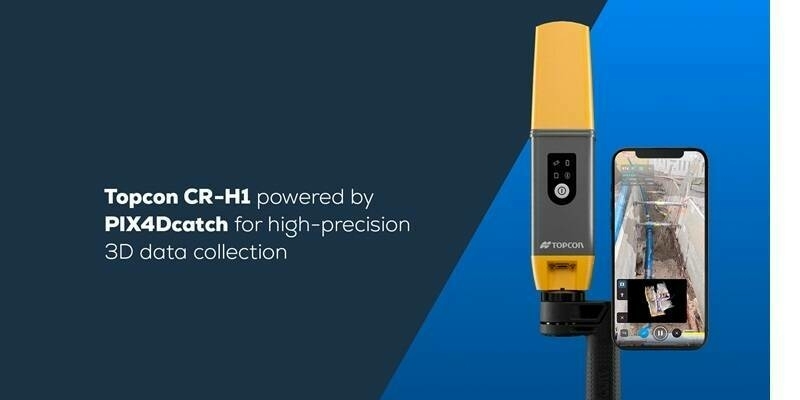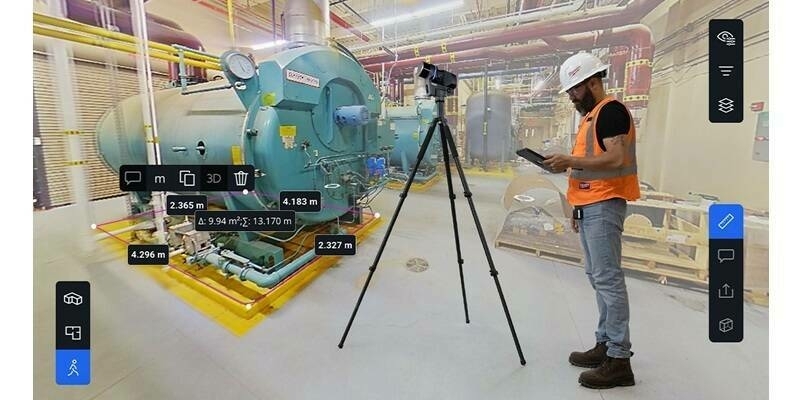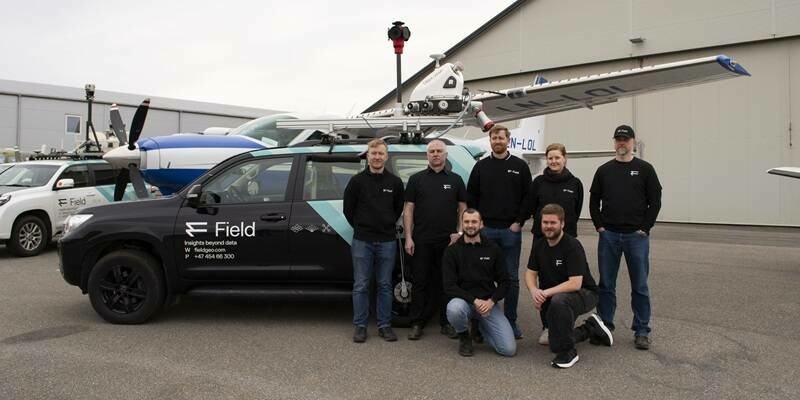TORONTO, Ontario, Canada, 19 April 2017 – Space Flight Laboratory (SFL), a provider of complete microspace missions, will present papers on the successful GHGSat-D greenhouse gas monitoring and CanX-7 aircraft tracking nanosatellite missions next week in Berlin, Germany, at the 11th IAA Symposium on Small Satellites for Earth Observation.
SFL, which is based at the University of Toronto Institute for Aerospace Studies (UTIAS), will also have an exhibit booth at the IAA Symposium where two upcoming missions will be featured: HawkEye 360 Pathfinder and LEO Prototype 2. Sponsored by the International Academy of Astronautics, the symposium runs April 24-28, 2017, at the Berlin Brandenburg Academy of Sciences.
“Among a multitude of other missions, SFL now has eight missions specifically related to remote sensing and Earth observation in orbit and another eight under development or awaiting launch,” said Dr. Robert E. Zee, SFL Director. “We look forward to sharing insights on our latest microspace technology developments at the IAA Symposium.”
Both SFL presentations will be given during the 9 am session on Wednesday, April 26:
“On-Orbit Earth Observation Performance of GHGSat-D (CLAIRE)” will be presented by SFL’s Deputy Director of Missions, Dr. Simon C.O. Grocott.
“On-Orbit Results from the CanX-7 ADS-B Payload” will be presented by Ian Bennett, SFL Systems Engineer.
GHGSat-D, or CLAIRE, is a 15-kilogram microsatellite developed by SFL for GHGSat Inc. of Montreal to demonstrate that greenhouse gas emissions from sources on Earth can be accurately targeted and measured from space. Launched in 2016, the highly successful mission is based on SFL’s space-proven NEMO microsatellite platform. GHGSat Inc. recently contracted SFL to develop the first two operational microsatellites for a planned commercial service.
SFL developed the CanX-7 mission on its CanX nanosatellite platform in cooperation with COM DEV Ltd. (now Honeywell) and Royal Military College of Canada (RMC) to validate real-time detection and tracking of aircraft by low-Earth orbit satellite. Launched in September 2016 carrying an ADS-B tracking receiver built by RMC, CanX-7 was the first Canadian nanosatellite to receive and decode ADS-B signals in real time from space.
“GHGSat-D and CanX-7 have both demonstrated that advanced remote sensing and Earth observation missions can be conducted successfully and effectively with low-cost small satellites,” said Zee.
At its booth in the IAA Symposium exhibit hall, SFL will feature materials related to the HawkEye 360 Pathfinder scheduled for launch late this year and LEO Prototype 2 missions.
The HawkEye 360 Pathfinder mission is a constellation of three microsatellites being built by SFL on its NEMO platform for Deep Space Industries. The precursor to a commercial low-Earth orbit constellation of small satellites envisioned by HawkEye 360 Inc., Pathfinder will leverage formation flying technology developed by SFL (through SFL’s highly successful CanX-4/CanX-5 mission in 2014) for space-based radio frequency (RF) detection and geolocation applications.
SFL is partnered with Space Systems Loral (SSL) to develop a Ka-band communications satellite for Telesat Canada, one of the world’s leading telecommunications satellite operators. SFL is providing the bus and supporting satellite integration and test for LEO Prototype 2 based on its DAUNTLESS (DAringly UNcommon Technical Leadership in Smaller Satellites) platform technology. The DAUNTLESS platform is capable of supporting missions up to 500kg that require significant ΔV capability through on-board propulsion. These include missions in various orbits, from LEO to HEO to GEO. The platform technology utilizes SFL’s Modular Power System (MPS) that enables missions with power demands up to 1.5kW. It incorporates SFL’s world-leading high-performance attitude control technology that is capable of various three-axis pointing modes including ground target tracking.
Subscribe to our newsletter
Stay updated on the latest technology, innovation product arrivals and exciting offers to your inbox.
Newsletter

